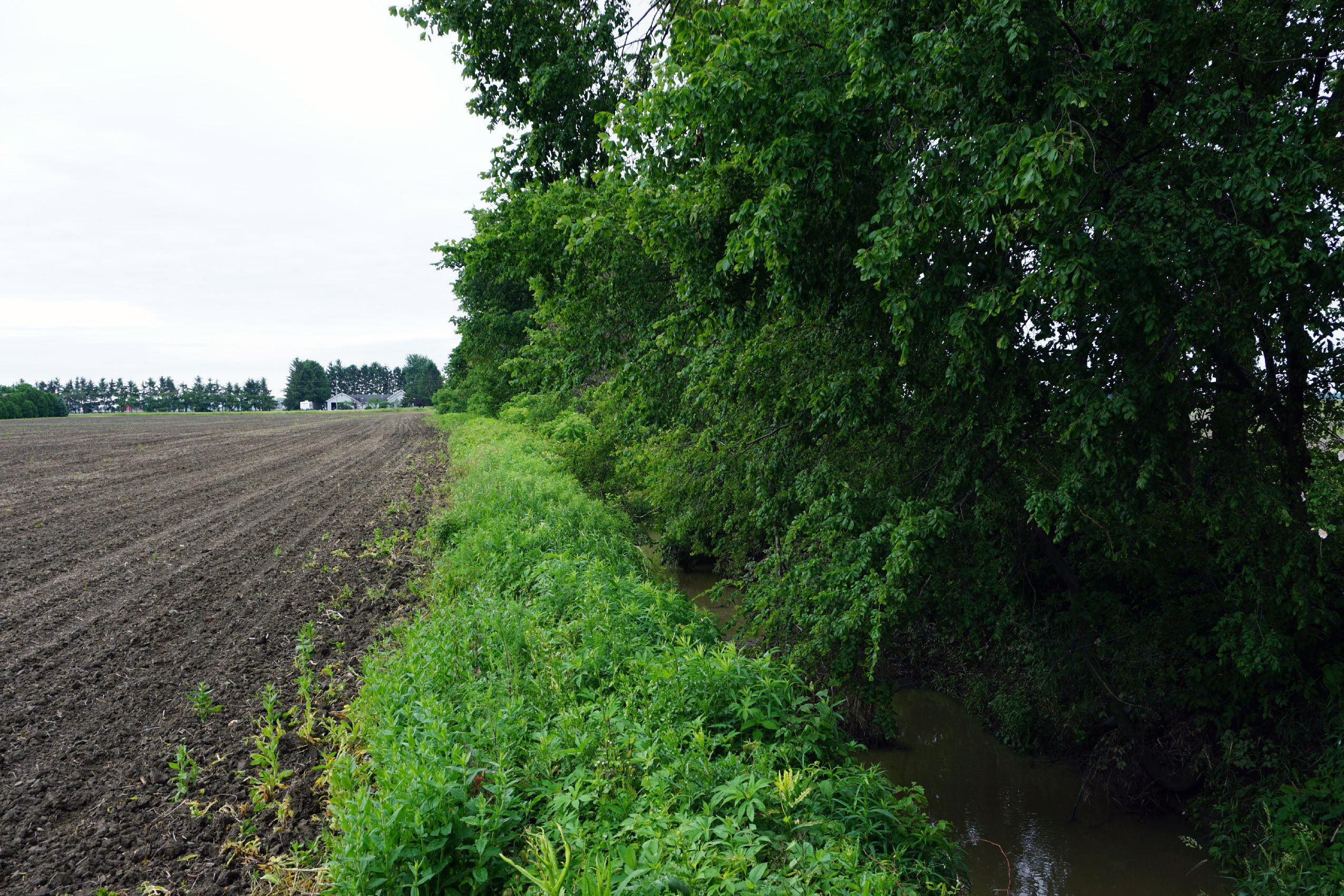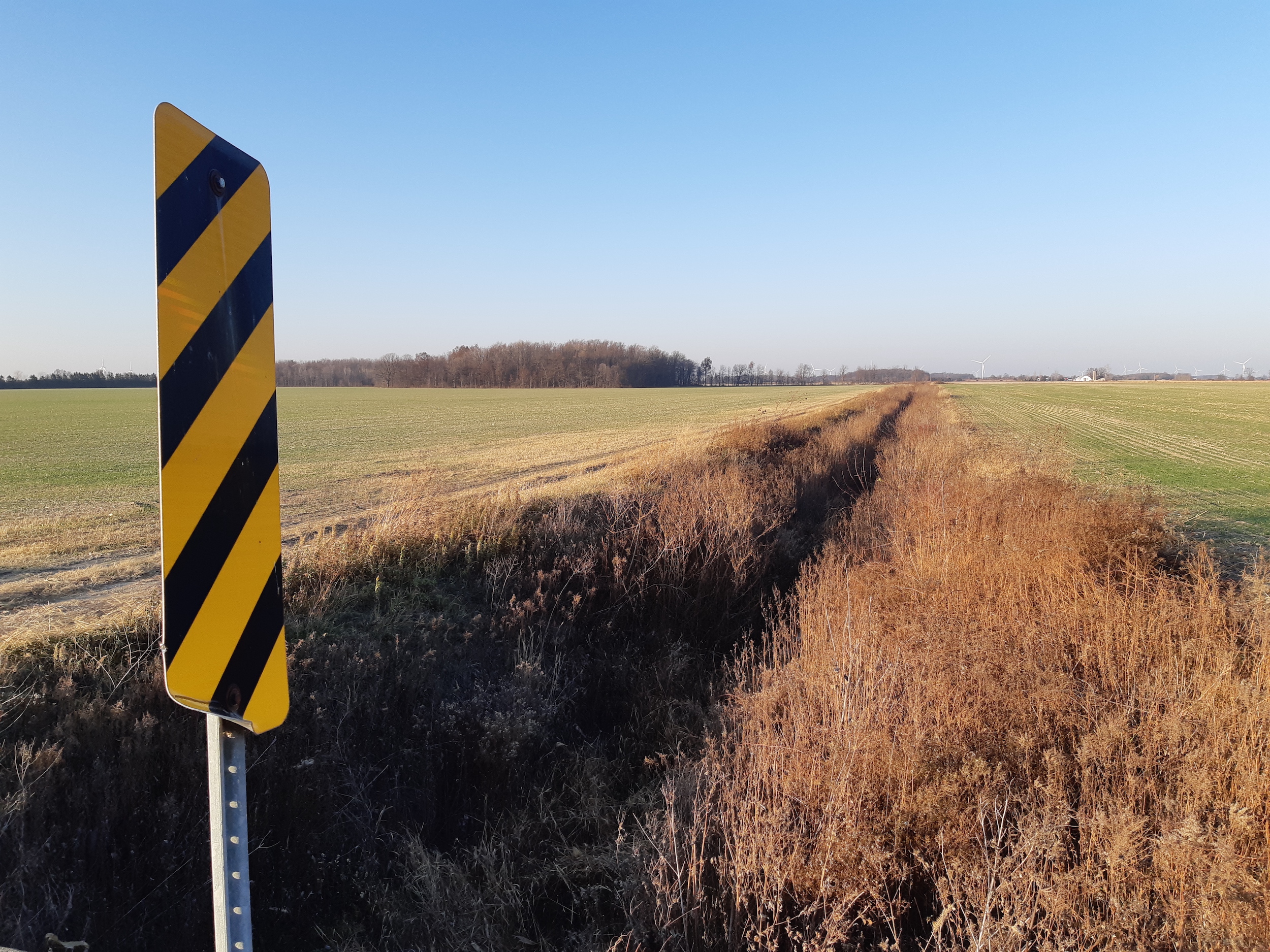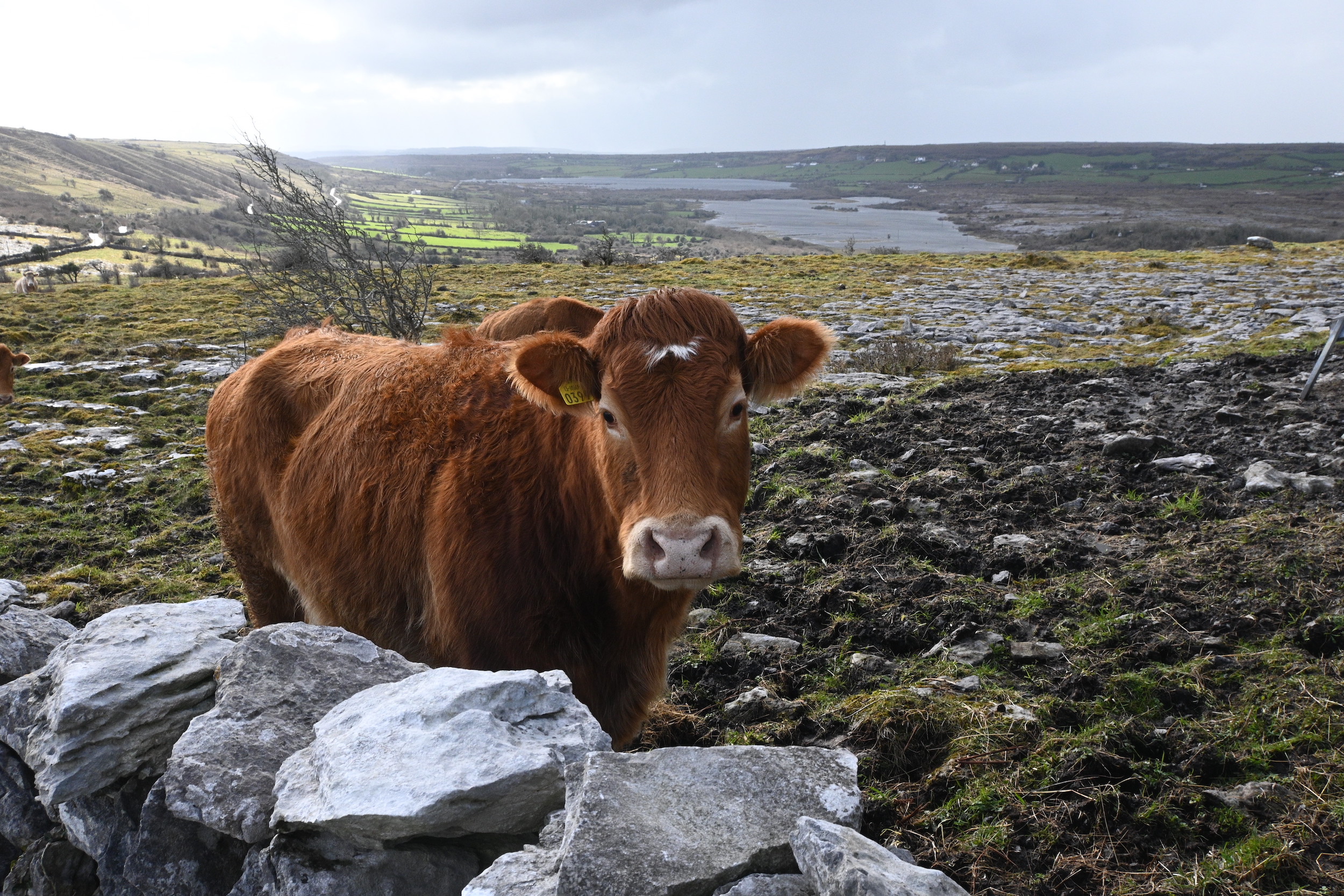
Alberta oil and gas companies could avoid cleanup costs by installing solar panels: government report
An Alberta government-commissioned report suggests oil and gas site companies may be able to install...
My family has been farming the flat, prairie-like expanses of Essex County, Ont., for six generations. Our home area, and the archipelago of islands in Lake Erie’s western basin, comprise the southernmost point of Canada’s only Carolinian zone, a biologically rich but ecologically fragile region. The county used to be covered in woodlands, wetlands and grasslands, with an immense variety of wildlife and plant species. But forests and other natural spaces disappeared over the last two centuries, losing out to urban development as well as agriculture and farmers — people like me.
Most of that agricultural clearing happened in bits and pieces over the 19th and early 20th centuries. Today, many farmers can see what we’ve lost. The disappearance of upland game bird species such as the rough grouse and declining numbers of species at risk highlight biodiversity loss. The conversion of land with high water-holding capacity to fields and pavement has affected water flow, putting pressure on drainage infrastructure and increasing flood risk.
Many of us are worried about the effects of climate change on our lives and livelihoods. And we’d like to make positive changes by expanding existing woodlands, wetlands, fencerows — the lines of trees, bushes and other plants that divide field boundaries — and other ecologically sensitive areas on our land.
It’s not a simple thing to do, though, and sometimes farmers have legitimate reasons for not planting more trees. Turning the tide necessitates understanding what got us here in the first place — and what forces continue to put pressure on landscapes. Only then can we understand the support farmers need to slow, stop and reverse the loss.
My granddad was a passionate outdoorsman, and I often heard him lament the loss of upland bird populations as woodlots shrunk and fencerows disappeared through the 1950s, ’60s and ’70s. Well before him came the conservationist Jack Miner, who detailed his early life working and hunting in areas I know in his autobiography, Wild Goose Jack. His descriptions of the late 1870s and 1880s highlight a landscape only partially cleared of trees.
“I wish all the people of America could have a genuine aerial view of our little seven-acre cavity in the woods,” Miner wrote about his family’s recently cleared Canadian homestead. Other lines include “this township and county were simply crowded with game.” Things progressed from there.
There’s no single reason why the area’s farmers started cutting all the trees down. They might have been driven by government policy requiring settlers to clear land before ownership was awarded. Some had strong cultural beliefs about land improvement, while others were coping with hard economic realities for their often very poor farm families. More fields mean more food and more sellable products, after all, and that matters when times are tough.
And while much has changed in farming since the 19th century, economics continues to pressure both farmers and the ecosystems they inhabit.


It’s the reason grain farming and other field crops dominate rural Essex County today. Although livestock can be quite supportive of natural landscapes — native insect and bird species can thrive in healthy grazing pastures, for example — they are largely absent from farms around here. Once common, mixed farms — those raising livestock and growing crops simultaneously — are less common here than in other, hillier, regions, where it’s less efficient to grow field crops. In flat Essex County, mixed farms disappeared as farmers specialized in crops, pushed by an ever-greater drive for efficiency. This also spurred landowners to continue cutting down trees — though at that point most of the area was already cleared or drained.
Farming is a very capital-intensive business. It’s also very unpredictable. Weather and seasonal changes, crop values and the cost of fuel, fertilizer and other materials — it can all change on a dime. The incredibly high cost of land and equipment add another layer to the problem, particularly for younger farmers or those who are very highly leveraged.
Fencerows can make it more difficult to operate machinery, particularly when that machinery is quite large. In dry conditions, the roots of established trees can absorb what limited moisture exists in the soil, resulting in stunted, lower-yielding crops in the immediate vicinity. Tree roots can also damage drainage tiles used to remove excess water from fields — but removing vegetation particularly along creeks, drainage ditches or other vulnerable watercourses, can increase the risk of soil erosion. Other factors, such as the municipal habit of dredging and clear-cutting vegetation around ditches, doesn’t exactly inspire landowners to make long-term investments in field edges along such waterways.
Some of this may sound trivial, but I can say from experience, you can definitely tell how large a tree’s root system is in a dry year. Removing a fencerow between two adjoining fields can improve operational efficiency. It may not be what we want to do, but it does help when money and time are limited.
At the end of the day, letting productive land revert to wetland or woods isn’t likely to pay the bills. Every metre of ground — and usually many thousands of dollars of income from an off-farm job — is needed to keep things running.

Revitalizing the land in Essex County will take more than just encouraging or even mandating landowners to plant a few trees. Many farmers are genuinely interested in ecological restoration. They’re just not in a position to do so, don’t know what options are available or lack support to make positive change.
Programs do exist to help farmers establish natural landscapes but they only go so far. The charity Alternative Land Use Services helps renaturalize farmland, but focuses on areas that are already not agriculturally productive, such as places that are hard to reach with farm equipment or perpetually water-logged gullies. Conservation authorities can help landowners plant trees, but maintaining long-term programs and support is hard when provincial funding frequently dries up.
We need a different approach, and I’ve seen examples of successful policies and programs. While in Ireland this past March, I visited a beef farmer in West County Clare to learn about a very unique ancient cattle production system called “Burren winterage.” This system involves grazing cattle on mountaintops through the winter, and is critical to maintaining the biodiversity of Ireland’s renowned Burren region.
However, in recent decades the winterage system was threatened by misguided food production policy. Local farmers and ecologists helped save it, presenting the national and European governments with evidence of the system’s environmental merit, and succeeding in securing payment programs to help farmers revert the landscape back to winterage practices. Environmental researchers also established the Burrenbeo Trust, a charity to support community interest in the region’s landscape, as well as conservation efforts.
What would work in southwestern Ontario remains to be seen. Could a well-funded, long-term carbon credit system make expanding buffer strips, fencerows and woodlot expansion financially viable? Could municipalities figure out how to do better landscape maintenance where public and private property lines meet, then pay farmers to take this work on? What about a friendly, compensation-based competition for the most biodiverse fencerow? That could foster community bonds, while better enabling a culture of conservation.
What is clear is the need for creativity. As someone who works the land, fishes the lakes and hunts the remaining woods, I see a lot of potential for farmers to make a difference.
It’s my hope the seventh generation on this family farm sees more Carolinian wildness, not less. With the right mindset, resources and support, I’m convinced it is possible to combine high-efficiency production with ecological restoration in Ontario’s southwest.
Content for Apple News or Article only Get the inside scoop on The Narwhal’s environment and climate reporting by signing up for our free newsletter. This...
Continue reading
An Alberta government-commissioned report suggests oil and gas site companies may be able to install...

This story about a lawsuit involving First Nations in northern Ontario has deep roots — in...

At a crucial point in their research, biologists are scrambling to find new support for...

